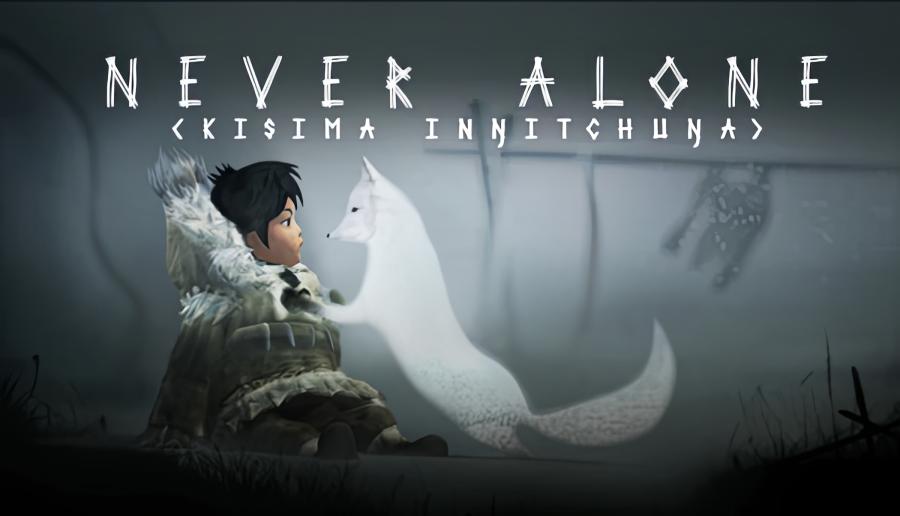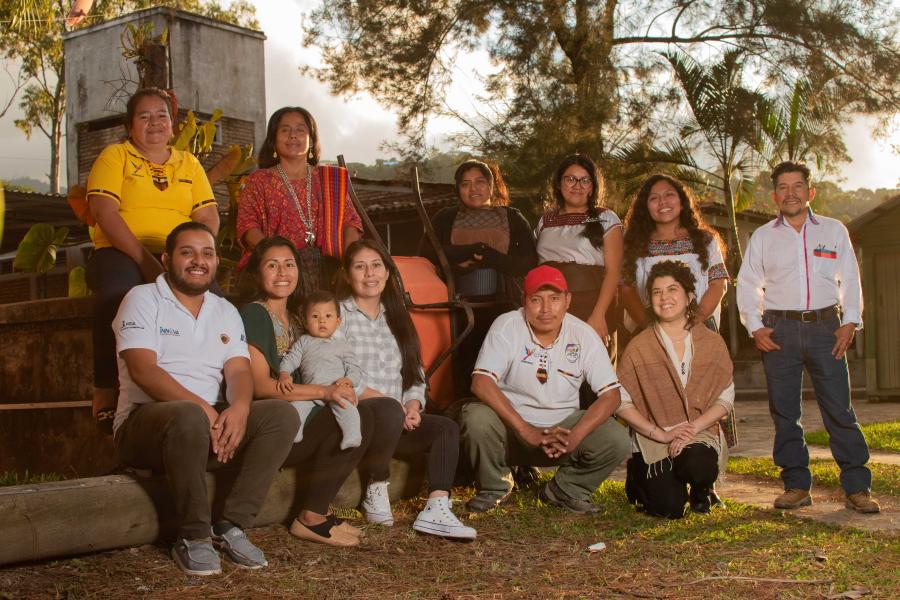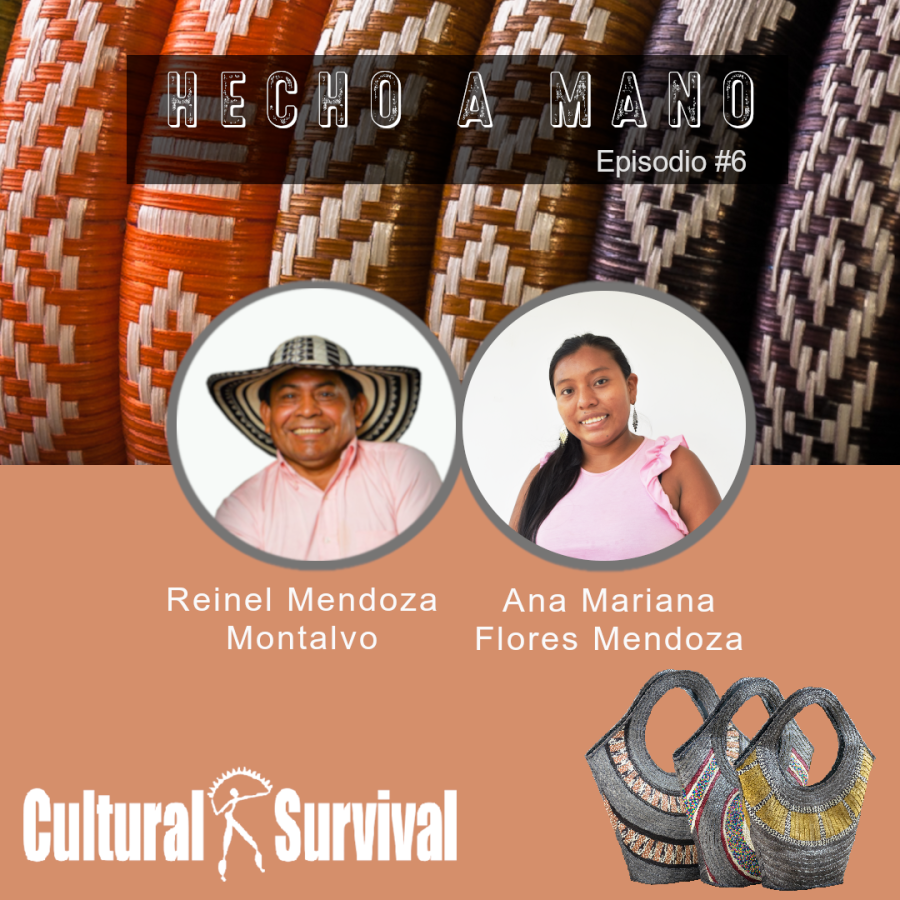
By Phoebe Farris
The exhibit, THE MAP IS NOT THE TERRITORY--PARALLEL PATHS : PALESTINIANS, NATIVE AMERICANS, IRISH, curated by Jennifer Heath and Dagmar Painter, is touring nationally and internationally in 2013-2018. This review primarily focuses on the Native American contributors to the traveling exhibition and highlights the engagement of Native American artists with socio-political issues, and how Native American aesthetics and social concerns relate to those of Irish and Palestinian heritage as expressed in this exhibit. A feature of this exhibition are the interconnections of being both a visual artist and an activist. It is not unusual for the non-Indigenous public to be informed about the vast array of American Indian arts and crafts, especially those that fall within traditional, tribal heritages. However, few viewers are aware of our contributions as professors, museum curators, and writers and the impact that this intellectual heritage has had on our development as visual artists/activists. Launched in Washington, DC in 2013 at The Jerusalem Fund Gallery, traveling to San Francisco and other US cities and later going abroad to Dublin, Ireland and other countries, the show will show a broad global audience how visual art can provide aesthetic pleasure while simultaneously confronting social justice issues impacting Indigenous Peoples in North and Central America, Middle Eastern and North African populations, and the Irish.
These artists have diverse perspectives on the connections between visual art and social justice activism. Focusing on 21st century art practices, their interests include; using video and other new technologies to bridge crucial differences across cultures; resistance, the struggle for sovereignty, and the right to perform traditional cultural practices; the evolution of Indigenous art; the exploration of the concept of globalism and its’ negative and positive effects on Indigenous peoples, native identity, and art in the so-called pre-modern, modern, post-modern, post-colonial and post-racial worlds.
Native American Imagery in Parallel Paths
Exhibition artists who focus on Native American issues are represented on the various walls titles, Territory/Map, Occupation/Wall, Conflict/Resistance, Land/Food, Overlay/Identity, Words/Persistence, and Home/Diaspora. Norman Akers (Osage), Neal Ambrose-Smith (Salish), Scott Benesiinaabandan (Anishnabe), Wahssontiio Cross (Mohawk), Michael Elizondo Jr. (Southern Cheyenne/Chumash), Melanie Yazzie (Navajo), Nadema Agard (Cherokee/Lakota/Powhatan), Jaune Quick-to- See Smith (Salish), Malaquias Montoya (Chicano), and Phoebe Farris (Powhatan-Renape/Pamunkey) have Indigenous Canadian, United States, and Mexican heritages.
Melanie Yazzie, a Dine’ printmaker chose to collaborate with a Lebanese friend and honor Middle Eastern and Native American homelands and culture in her piece, Seeing Each Other. Each woman selected objects that are important to them and Yazzie combined those images, creating dual portraits of them facing each other and surrounded by their respective cultural artifacts. Each portrait is enclosed in a floating rectangle with similar shades of red, pale green, and brown tones. Both women have dark hair and features and look more alike than different. A common sepia toned background with plant vegetation unites the two rectangles, symbolizing a shared concern for the land.
Scott Benesiinaabandan’s digital prints, Flags of Our Fathers, Solidarity Flag Derry, A Small Note from the North of Ireland, Anishanabe Proclamation, and God Save the Queen, references his artist residencies and international collaborations in Canada, the United Kingdom, and Ireland. Based in Canada, this Anishanabe mixed media artist creates works that focus on global Indigenous struggles. His flag photos include flags that are not recognized by nation states, flags hung at half mast, flags being burned, and “non-recognized” flags being draped over government monuments by a protester. Canada’s First Nations peoples have much in common with the Irish due to a shared history of United Kingdom’s colonialism.
Malaquias Montoya’s ink-jet print titled Undocumented is a harsh reminder of the walls and fences created by nation states to block Indigenous peoples from entering lands that they historically inhabited. A clothed figure is trapped on a barbed wire fence with blood oozing from the body and the word Undocumented painted across the figure in red ink. Of Chicano heritage, viewers may assume that Montoya’s figure is trying to enter the United States from Mexico and join the ranks of people who are classified as illegal “aliens”. This figure could very well represent the mestizo migrants who are attempting to re-enter land that once belonged to their ancestors before Spanish and English occupation. Lands now called New Mexico, Arizona, Texas, and California. But as Montoya points out, he creates images of the disenfranchised “from Angola, to Central America, from Palestine to the barrio”.
Nadema Agard’s watercolor/pastel/mixed media, Tatanka Ska Oyate/White Buffalo Nation is dedicated to the White Buffalo Calf Maiden who brought the Sacred Pipe to the Lakota Nation. The work is about a “relational concept of nationhood that is not defined by maps but is the territory of the heart, spirit, mind, and body of the Oyate or The People.” Agard’s ribbon tied par fleche is decorated with seven white buffalo (tatanka) who are moving through a reddish landscape that is located above a gold and white colored buffalo skull.
Crowded, Norman Aker’s digital print is based on his reflections of current events about immigration laws, national borders, and boundaries. His print is concerned with defining and/or finding an Indigenous space within the crowded US landscape. An American Indian man outlined in red and black, wearing Plains clothing and headdress beats on a drum while looking upward. Black and gray birds are flying across the landscape. The background is a partial map of North and South America. Cities such as Philadelphia, Atlantic City, New Haven, Chicago, Brasilia, Regina, and Calgary, just to mention a few are printed in small font. The lone Indian man is crowded and pushed to the edge of the space.
Jaune Quick-to-See Smith’s pigment print, House and Home, is colored mainly in blue hues that wash across the surface in broad strokes. The central image is a tipi with a European styled chair in the middle –a furniture item which may surprise some viewers. The background has several placemats with formal settings of silver ware and dinner plates. In Quick-to-See Smith’s artist statement she explains that some Native Americans still live in portable tipis, especially in the summer. She enlightens us about how members of her Confederated Salish and Kootenai Nation of Montana live in tipis while participating in Medicine Lodge ceremonies. The strength and durability of tipi architecture enables inhabitants to be comfortable in thunder storms and in hot summer heat. The juxtaposition of formal place settings, an erect hard back chair, and a tipi educate observers about the continuity of traditional Native American style homes and their adaptations in the 21st century.
Neal Ambrose-Smith’s digital print monotypes, Weight of the Discussion; Baby Bird Brain; Stealing a Ride on the White Man’s Bus; and Going Where No Man Has Gone Before, use humor to visually portray Coyote stories about ethical behavior, his Salish tribe’s millennia –old petroglyphs, Native American participation in modernity, and Ambrose-Smith’s desire to see Native American characters in science-fiction literature. Visual cues in Stealing a Ride on the White Man’s Bus such as the well known Catlin figure of an Indian man dressed in a 19th century top hat and tails and the 20th century ad of a bus driver in uniform with the common safety rule “buckle up” are familiar to many of us, but not usually in the same painting. And the phrase “Going Where No Man Has Gone Before” usually implies outer-space exploration in science-fiction modes of travel. But for Ambrose-Smith his Roadrunner figure traverses outer space in a canoe.
Native American artists have survived colonialism, servitude, racial discrimination, and rapid technological changes. Native artists/activists continually develop and revise the multiple meanings of our art and our heritages to suit our own concepts of American Indian/Native American/First Nations/Indigenous peoples. We undertake the evolution of these cultural concepts with the support and guidance of our elder, spiritual advisors, tribal leaders, and community members. We realize the necessity of our art to be responsive to today’s life circumstances. The participating Native American artists, their Palestinian and Irish peers, and the curators, women and men from different tribal, racial, and ethnic backgrounds, came together to honor their respective original homelands despite current occupations, to give voice to those who are silenced, to acknowledge their people’s existence despite attempts of physical and cultural genocide, and to celebrate the diversity of 21st century Native American, Palestinian, and Irish art and culture.
— Phoebe Farris, Ph.D. (Powhatan-Renape) is contributing arts editor for the Cultural Survival Quarterly. She is a professor emerita of Purdue University and the vice president for membership of the Washington D.C. branch of American Association of University Women.












